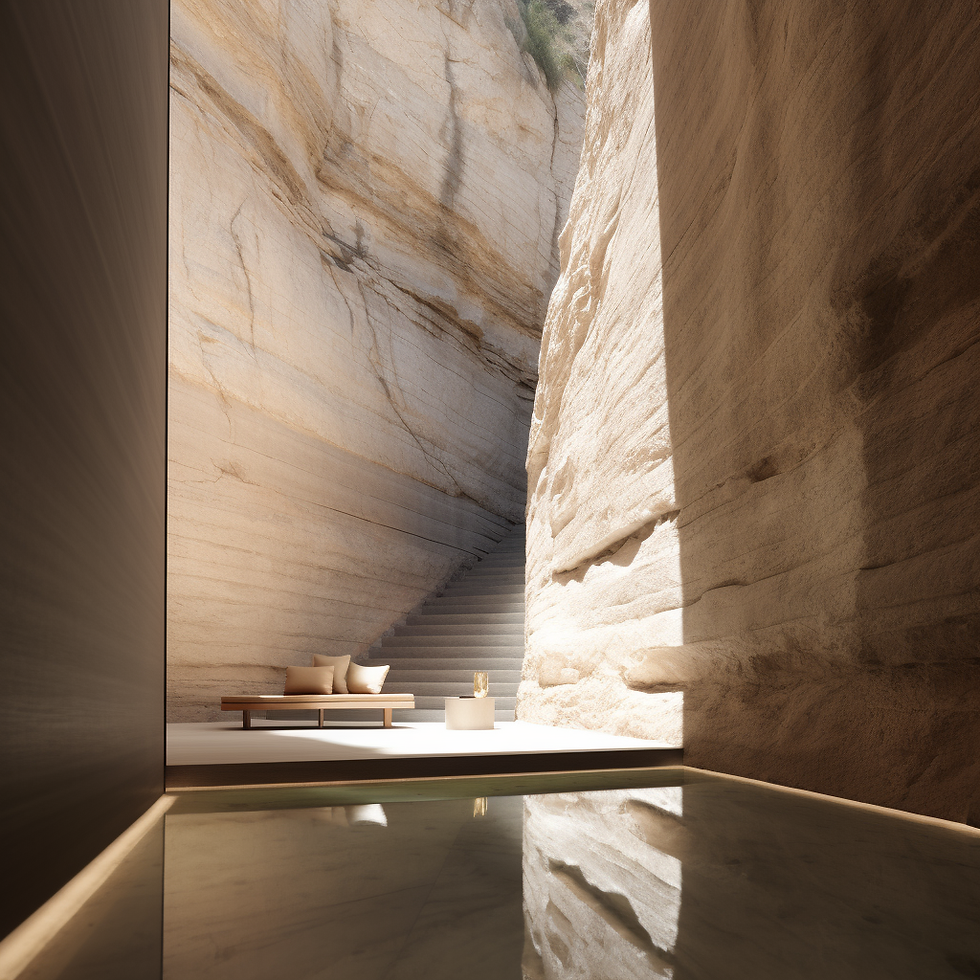THE RISE OF PRE-FAB HOUSING DESIGN
- Malek Alqadi
- Nov 9, 2023
- 2 min read
Updated: Apr 4, 2024
Pre-fab housing has been around for decades, but in recent years, it has undergone a renaissance. This is due in part to the rise of new technologies and materials, as well as a growing awareness of the need for more sustainable housing solutions.
Pre-fab housing is constructed in a controlled factory environment, and then transported to the building site for assembly. This process offers a number of advantages over traditional on-site construction, including:

Efficiency: Pre-fab housing can be built much faster than traditional on-site construction. This is because the components are pre-fabricated and ready to be assembled, and the work is done in a controlled environment where there are fewer delays.
Quality control: The factory environment allows for stricter quality control than is possible on a traditional construction site. This means that pre-fab homes are typically of higher quality than on-site built homes.
Sustainability: Pre-fab housing is more sustainable than traditional on-site construction in a number of ways. First, it reduces waste, as the components are pre-cut and there is less material waste on the factory floor. Second, it allows for better energy efficiency, as the components can be insulated and sealed more effectively in a factory environment. Third, it allows for the use of more sustainable building materials, such as recycled materials and renewable energy sources.
In addition to these advantages, pre-fab housing is also becoming more and more affordable. This is due to a number of factors, including the increasing economies of scale and the development of new technologies.
As a result of these factors, pre-fab housing is becoming increasingly popular all over the world. It is seen as a viable solution to the need for more affordable, efficient, and sustainable housing.
Here are some examples of how pre-fab housing is being used to promote efficiency and sustainability:

Solar-powered pre-fab homes: These homes are equipped with solar panels that generate their own electricity, making them energy independent and reducing their carbon footprint.
Pre-fab homes made from recycled materials: These homes are made from recycled materials, such as shipping containers and plastic bottles, which reduces environmental impact and saves resources.
Pre-fab homes with smart home technology: These homes are equipped with smart home technology, such as thermostats and lighting systems that can be controlled remotely, which helps to save energy and reduce costs.
Overall, pre-fab housing is a promising solution to the need for more affordable, efficient, and sustainable housing. As the technology continues to develop and the cost of pre-fab homes continues to decrease, we can expect to see even more innovative and sustainable pre-fab homes in the years to come.




Comments